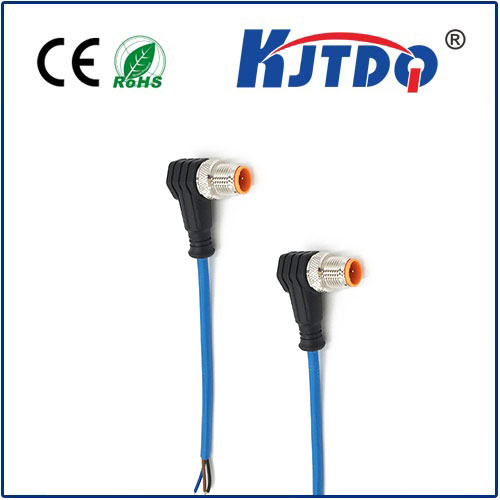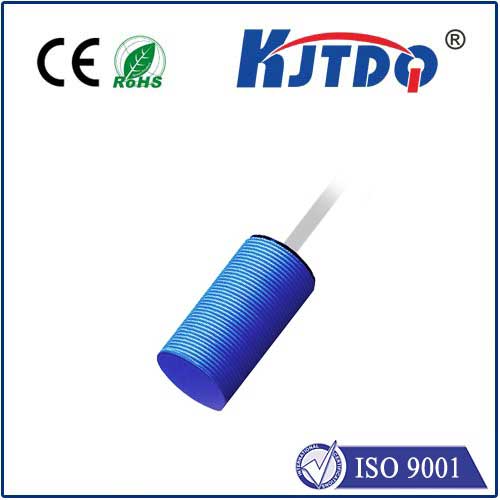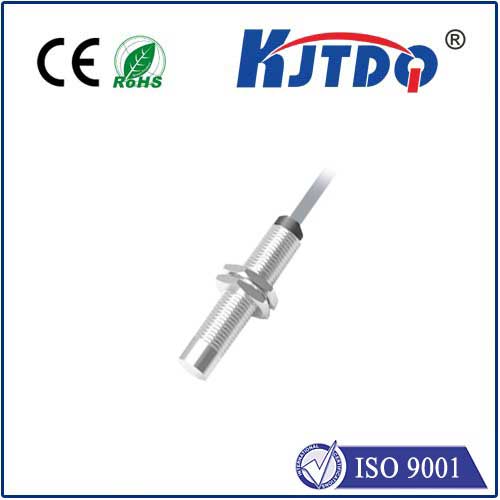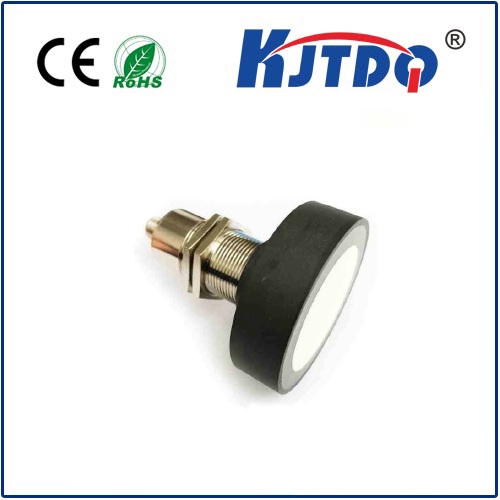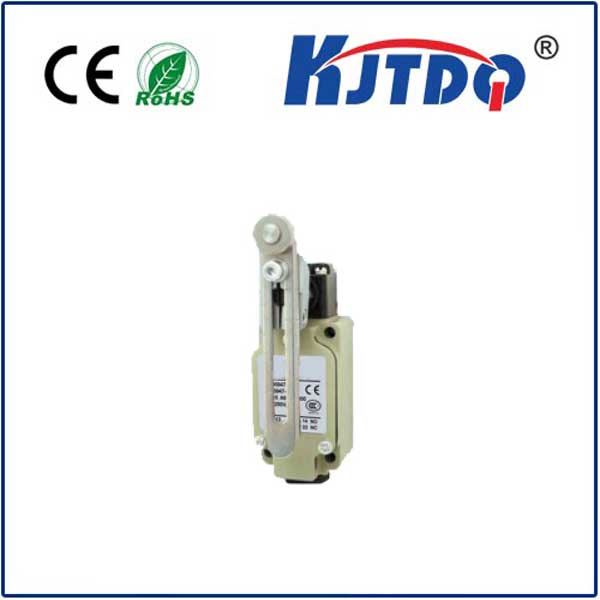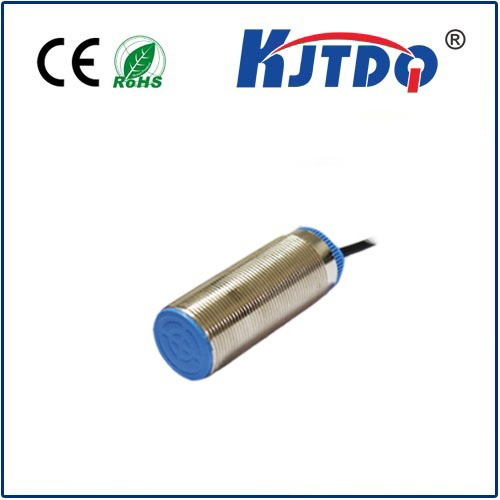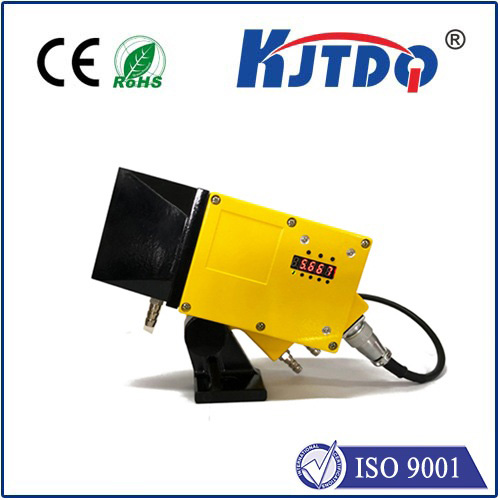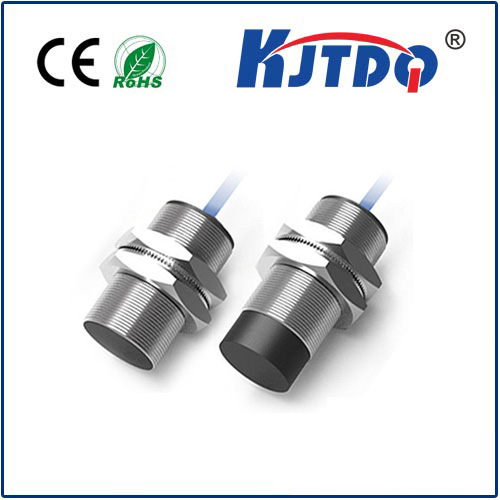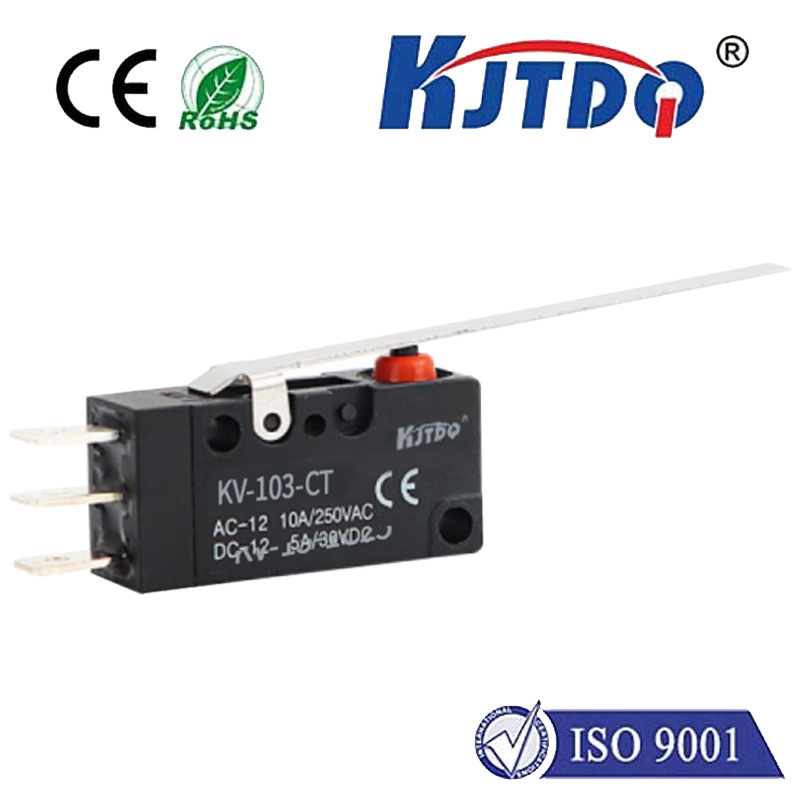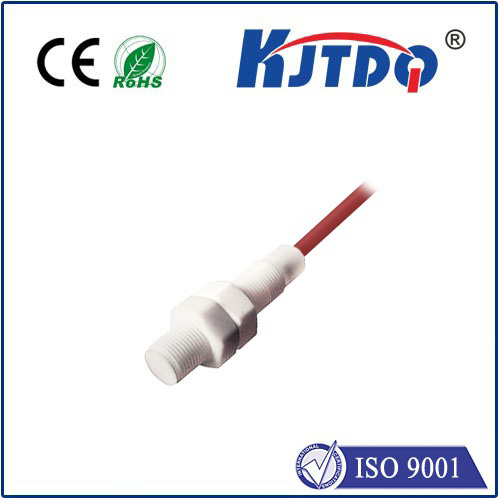Radar Level Transmitter: An Overview
- 時(shí)間:2025-02-07 01:51:22
- 點(diǎn)擊:0
In the realm of industrial process control and measurement, precision and reliability are paramount. The Radar Level Transmitter, also known as “Level Radar” or abbreviated as LR, stands out as a sophisticated instrument designed to measure the level or height of liquids, slurries, and granular solids within various types of containers. This article delves into the intricacies of radar level transmitters, exploring their principles, advantages, and diverse applications across industries.
Principle of Operation
At its core, a radar level transmitter operates on the Time-Flight (ToF) principle. It emits microwave pulses towards the target surface and measures the time it takes for these pulses to reflect back after hitting the material’s surface. By calculating this round-trip time and considering the speed of light, the device accurately determines the distance to the surface, thereby establishing the fill level within the container. This non-contact method ensures high accuracy without being affected by environmental factors such as temperature, pressure, or the nature of the medium being measured.
Advantages Over Conventional Methods
- Non-Contact Measurement: Unlike traditional contact-based level sensors, radar level transmitters do not require physical interaction with the process fluid. This feature is particularly advantageous when dealing with aggressive, corrosive, or viscous substances, preventing contamination and wear on the sensor.
- High Accuracy and Reliability: Offering precise level measurements unaffected by changes in temperature, pressure, or dielectric constant, radar transmitters ensure consistent data, making them ideal for critical control applications where even slight variations can impact process efficiency or product quality.
- Versatility Across Applications: From large storage tanks in petrochemical plants to small vessels in pharmaceutical manufacturing, radar level transmitters find application in a wide range of industries due to their adaptability to different materials, including liquids, slurries, and powders.
- Robust Performance in Harsh Environments: Capable of operating in extreme temperatures, high pressures, and amidst dust, foam, or condensation, radar sensors excel in environments where other measuring technologies might falter. Their sealed construction often allows for IP68 ratings, ensuring protection against water and dust ingress.
- Ease of Installation and Maintenance: With minimal mechanical components and no need for direct contact with the process, installation is typically straightforward and maintenance requirements are low, resulting in reduced downtime and operational costs.
Applications Across Industries
- Oil & Gas: Monitoring crude oil, refined products, and chemical additive levels in storage tanks and processing vessels, ensuring safe and efficient operations while optimizing inventory management.
- Water & Wastewater Treatment: Measuring water levels in reservoirs, clarifiers, and sewage treatment plants, enabling precise control over treatment processes and resource optimization.
- Food & Beverage: Ensuring accurate fill levels during production and storage of beverages, dairy, sauces, and more, maintaining product consistency and quality while adhering to hygiene standards.
- Pharmaceuticals: Monitoring reactor vessels and storage tanks in drug manufacturing, where sterility and strict process control are crucial, to ensure precise dosing and batch uniformity.
- Chemical Processing: Managing levels of corrosive chemicals, solvents, and intermediates in production lines, enhancing safety and process efficiency through real-time monitoring.
In summary, the Radar Level Transmitter has revolutionized industrial level measurement with its non-intrusive technology, unparalleled accuracy, and resilience in challenging conditions. As technology advances, these devices continue to evolve, integrating enhanced features like advanced signal processing algorithms and wireless connectivity, further expanding their applicability and contributing to smarter, more efficient industrial operations worldwide.


